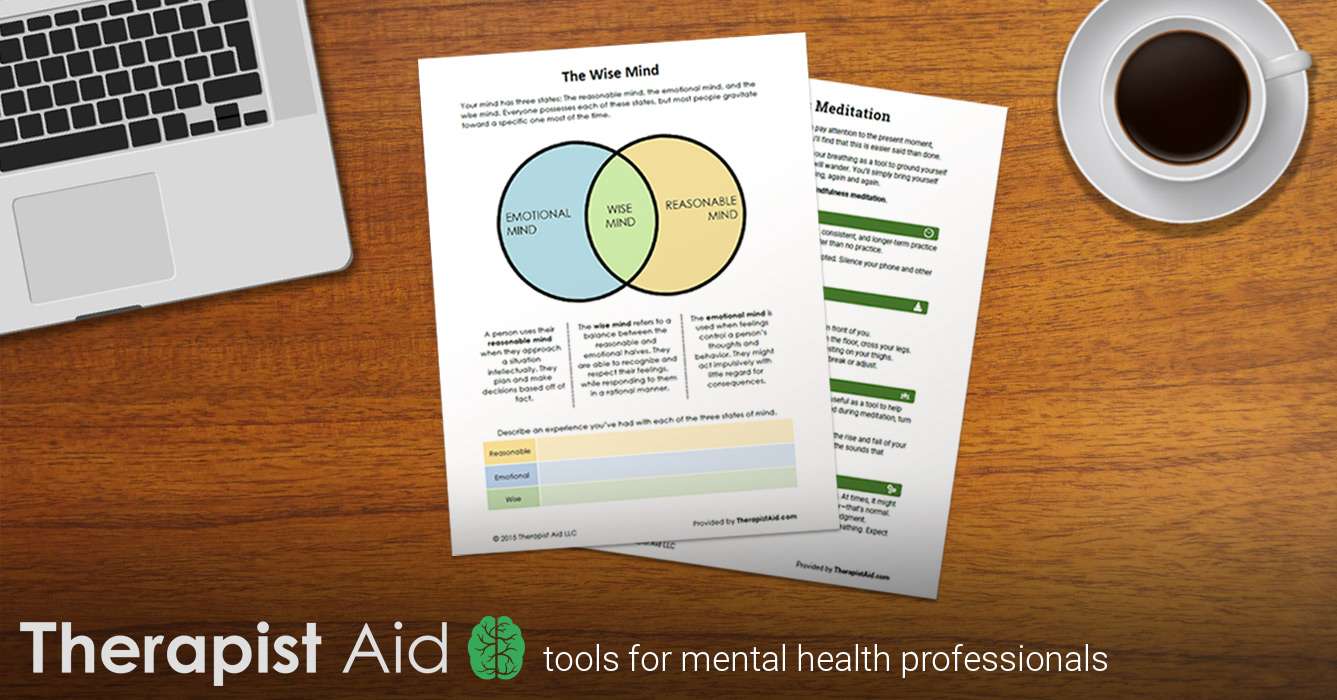Initially the unconscious was conceived in structural terms with much attention to the content, especially symbolic meanings; in the contemporary world this notion has been expanded to include the study of processes which operate outside conscious awareness. In general these psychologies see the human being as often divided against him or herself, with some thoughts, feelings, wishes, and memories accessible to awareness, and others hidden beneath the surface. By focusing on the unconscious, C. G.Jung, Sigmund Freud, and their followers worked to chart and delineate what lies outside of conscious awareness, and to illumine the dynamics between consciousness and what is extruded or not admitted to it, including collective aspects with cultural and archetypal dimensions.
What Depth Psychology Is
Through the study of dreams, images, symptoms, slips of the tongue, spontaneous humor, meaningful coincidences as well as interpersonal engagements, depth psychologists attempt to understand the language and the dynamics of the unconscious as it manifests in their work with clients and in the world. Depth psychological approaches to psychological suffering attempt to help individuals become aware of what has been cast out of consciousness or not yet able to be known. Healing is associated with allowing what has been repressed, rejected, denied or ignored to come forward so that the person can understand, explore its significance and integrate it, allowing for a transformation in consciousness. Depth Psychology also attends to the way unconscious processes express themselves in society and culture, and how culture affects the psyche.
Depth Psychology is an interdisciplinary endeavor, drawing on literature, philosophy, mythology, the arts, and critical studies. Concepts and practices at the core of depth psychology are central to Pacifica’s degree programs and each graduate degree’s curriculum is enlivened and deepened by the integration of its ideas.
“Depth psychologists…love to look for signs that ‘psyche’ is speaking to us, and one way we hear her voice is through the presence of synchronicities.”
“…this long marriage between myself and depth psychology has been possible because I found in depth psychology a basic orientation to being that seeks to allow what is to be present in its animation and its difference. It is a desire for the liberation of being.”
Efficacy of Depth Psychology
Evidence for the efficacy of depth psychological approaches to psychotherapy is growing as studies show that depth psychology has a longer-lasting and more profound impact than cognitive or behavioral psychologies alone. Depth psychological approaches to psychotherapy are now joined by depth psychological approaches to community, cultural, and ecological issues. Pacifica students and graduates help the field evolve through their scholarship, creative work, and actions in the world.
Contemporary Evidence-Based Research for Depth Psychology
The following list is of some selected, peer reviewed scholarly articles and summaries from the mainstream media (e.g., New York Times, the Guardian). This is offered in the spirit of supporting diversity through contemporary research validating the noble traditions of depth psychology. It highlights the clinical and scholarly affirmation of depth psychological approaches that attend to unconscious processes, relational aspects of treatment, psychic complexity, and embodied experiences.
Abbass, A. A., Hancock, J. T., Henderson, J., & Kisely, S. R. (2006). Short-term psychodynamic psychotherapies for common mental disorders. Cochrane Database of Systematic Reviews. Retrieved from http://www.cochrane.org/CD004687/DEPRESSN_short-term-psychodynamic-psychotherapies-for-common-mental-disorders
American Psychological Association. (2013). Recognition of psychotherapy effectiveness. Psychotherapy, 50(1), 102–109. Available at: http://www.apa.org/about/policy/resolution-psychotherapy.aspx
Anton, B. (2015, October 14). Talk Therapy Works. The New York Times. Retrieved from http://www.nytimes.com/2015/10/14/opinion/talk-therapy-works.html
Burkeman, O. (2016, January 7). Therapy wars: The revenge of Freud. The Guardian. Retrieved from http://www.theguardian.com/science/2016/jan/07/therapy-wars-revenge-of-freud-cognitive-behavioural-therapy?CMP=share_btn_link
Chiesa, M. (2010). Research and psychoanalysis: Still time to bridge the great divide? Psychoanalytic Psychology, 27(2), 99–114. http://doi.org/10.1037/a0019413
Cohler, B. J., & Galatzer-Levy, R. (2007). What kind of science is psychoanalysis? Psychoanalytic Inquiry, 27(5), 547–582. Available from: https://www.researchgate.net/publication/247527419_What_Kind_of_Science_Is_Psychoanalysis
Cornelius, J. T. (2014, Oct. 7th). The Case for Psychoanalysis (Version 4). Retrieved from https://youtu.be/IQBx5TONHac
Evidence base of psychoanalytic psychotherapy. Institute of Psychoanalysis. Retrieved from http://psychoanalysis.org.uk/resources/evidence-base-of-psychoanalytic-psychotherapy.
Fonagy, P., Rost, F., Carlyle, J., McPherson, S., Thomas, R., Pasco Fearon, R. M., … Taylor, D. (2015). Pragmatic randomized controlled trial of long-term psychoanalytic psychotherapy for treatment-resistant depression: the Tavistock Adult Depression Study (TADS). World Psychiatry, 14 (3), 312–321.
Gaskin, Cadeyrn (2014). The effectiveness of psychoanalysis and psychoanalytic psychotherapy: A literature review of recent international and Australian research. PACFA. Retrieved from http://www.pacfa.org.au/wp-content/uploads/2012/10/Psychoanalytic-Review-V2-Ready-to-design-Final.pdf.
Gerber, A. J., Kocsis, J. H., Milrod, B. L., Roose, S. P., Barber, J. P., Thase, M. E., … Leon, A. C. (2011). A quality-based review of randomized controlled trials of psychodynamic psychotherapy. The American Journal of Psychiatry, 168(1), 19–28. Available from: http://academiccommons.columbia.edu/download/fedora_content/download/ac:145066/CONTENT/appi.ajp.2010.08060843.pdf
Keller, W., Westhoff, G., Dilg, R., Rohner, R., & Studt, H. H. (2002). Efficacy and cost effectiveness aspects of outpatient (Jungian) psychoanalysis and psychotherapy–A catamnestic study. In M. Leuzinger-Bohleber, M. Target, M. (Ed) Leuzinger-Bohleber, & M. (Ed) Target (Eds.), Outcomes of psychoanalytic treatment: Perspectives for therapists and researchers. (pp. 186–197). Philadelphia, PA: Whurr Publishers.
Lazar, S. G. (2010). Psychotherapy is worth it: A comprehensive review of its cost-effectiveness. Washington, DC: American Psychiatric Publications.
Leichsenring, F., Leweke, F., Klein, S., & Steinert, C. (2015). The empirical status of psychodynamic psychotherapy—An update: Bambi’s alive and kicking. Psychotherapy and Psychosomatics, 84(3), 129–148. Available from: http://www.eegym.com/wp-content/uploads/2015/03/Leichsenring2015ESTreview.pdf
Leichsenring, F., & Klein, S. (2014). Evidence for psychodynamic psychotherapy in specific mental disorders: A systematic review. Psychoanalytic Psychotherapy, 28(1), 4–32. http://doi.org/10.1080/02668734.2013.865428
Leichsenring, F., & Leibing, E. (2007). Psychodynamic psychotherapy: A systematic review of techniques, indications and empirical evidence. Psychology and Psychotherapy: Theory, Research and Practice, 80(2), 217–228. http://doi.org/10.1348/147608306X117394
Levy, R. A., Ablon, J. S., & Kächele, H. (2012). Psychodynamic psychotherapy research: Evidence-based practice and practice-based evidence. New York, NY: Humana press.
McGowan, K. (2014, April). The second coming of Sigmund Freud. Discover Magazine. Retrieved from http://discovermagazine.com/2014/april/14-the-second-coming-of-sigmund-freud
Mishna, F., Van Wert, M., & Asakura, K. (2013). The best kept secret in social work: Empirical support for contemporary psychodynamic social work practice. Journal of Social Work Practice, 27(3), 289–303. http://doi.org/10.1080/02650533.2013.818944
Richards, G. (2008). Jung’s social psychological meanings. Journal of Community & Applied Social Psychology, 18(2), 108–118. http://doi.org/10.1002/casp.967
Roesler, C. (2013). Evidence for the effectiveness of Jungian psychotherapy: A review of empirical studies. Behavioral Sciences, 3(4), 562–575. Available from: http://www.mdpi.com/2076-328X/3/4/562/htm
Shedler, J. (2010). The efficacy of psychodynamic psychotherapy. American Psychologist, 65(2), 98–109. Available from: http://jonathanshedler.com/PDFs/Shedler%20%282010%29%20Efficacy%20of%20Psychodynamic%20Psychotherapy.pdf
Shedler, J. (2015). Where is the Evidence for “Evidence-Based” Therapy? The Journal of Psychological Therapies in Primary Care, 4(1), 47–59. Available from: http://jonathanshedler.com/wp-content/uploads/2015/07/Shedler-2015-Where-is-the-evidence-for-evidence-based-therapy-R.pdf
Where the power lies in the therapist-client relationship. (2016, January 12). The Guardian. Retrieved from https://www.theguardian.com/science/2016/jan/12/where-the-power-lies-in-the-therapist-client-relationship
Whether to pick sides in psychology today. (2016, January 12). The Guardian. Retrieved from https://www.theguardian.com/science/2016/jan/12/whether-to-pick-sides-in-psychology-today
Related Bibliographies:
American Psychoanalytic Association:
American Psychoanalytic Association:
CORE Research Bibliography.
Committee on Research Education Bibliography 2015.
British Psychoanalytic Council:
Research and Evidence.
Contemporary Freudian Society:
Effectiveness of Psychoanalytic Psychotherapies.
Depth psychology (from the German term Tiefenpsychologie) refers to the practice and research of the science of the unconscious, covering both psychoanalysis and psychology.[1] It is also defined as the psychological theory that explores the relationship between the conscious and the unconscious, as well as the patterns and dynamics of motivation and the mind.[2] The theories of Sigmund Freud, Carl Gustav Jung, and Alfred Adler are all considered its foundations.[3]
Development
[
edit
]
The term “depth psychology” was coined by Eugen Bleuler and refers to psychoanalytic approaches to therapy and research that take the unconscious into account.[4] The term was rapidly accepted in the year of its proposal (1914) by Sigmund Freud, to cover a topographical view of the mind in terms of different psychic systems.[5] He is considered to have revolutionized this field, which he viewed in his later years as his most significant work.[6]
Since the 1970s, depth psychology has come to refer to the ongoing development of theories and therapies pioneered by Pierre Janet, William James, and Carl Gustav Jung, as well as Freud. All explore relationships between the conscious and the unconscious (thus including both psychoanalysis and Jungian psychology).[7]
Summary of primary elements
[
edit
]
Depth psychology states that the psyche process is partly conscious, partly unconscious, and partly semi-conscious.[1] In practice, depth psychology seeks to explore underlying motives as an approach to various mental disorders. Depth psychologists believe that the uncovering of deeper, often unconscious, motives is intrinsically healing in and of itself. It seeks knowledge of the deep layers underlying behavioral and cognitive processes.
In modern times, the initial work, development, theories, and therapies of Sigmund Freud, Carl Jung, Alfred Adler and Otto Rank have grown into three main perspectives on depth psychology:
Psychoanalytic view
[
edit
]
Adlerian view
[
edit
]
Adlerian psychology has been regarded as depth psychology due to its aim of discovering the buried unconscious phenomena. It is one of the first frameworks that approached the individual as a fundamentally social being, one that needs to be situated in a socio-cultural context in order to be understood.[8] It is also described as a representation of the ego psychology and views the ego as an independent and creative entity that facilitates the interaction with social reality instead of merely a handmaiden of the id.[8]
The Adlerian approach to psychoanalysis includes a set of tools that allows an individual to break through a self-centered way of life. For instance, it eliminates the core style of life and fictional final goal of a patient through Socratic method as opposed to counselling.[9]
Jungian views
[
edit
]
Many scholars believe that Jung’s most significant contribution to depth psychology was his conceptualization of the “collective unconscious”.[10] While Freud cited the conceptualization unconscious forces was limited to repressed or forgotten personal experiences, Jung emphasized the qualities that an individual share with other people.[10] This is demonstrated in his notion that all minds, all lives, are ultimately embedded in some sort of myth-making in the form of themes or patterns. This myth-making or creation of a mythical image lies at the depth of the unconscious, where an individual’s mind widens out and merges into the mind of mankind.[11] Mythology is therefore not a series of old explanations for natural events, but rather the richness and wonder of humanity played out in a symbolical, thematic, and patterned storytelling.[citation needed]
There is also the case of the Jungian archetypes. According to Jung, archetypes are primordial elements of the Collective Unconscious.[12] They form the unchanging context from which the contents of cyclic and sequent changes derive their meanings. Duration is the secret of action.[13] He also stated that the psyche spontaneously generates mythico-religious symbolism or themes, and is therefore spiritual or metaphysical, as well as instinctive, in nature. An implication of this is that the choice of whether to be a spiritual person may be beyond the individual, whether and how we apply it, including to nonspiritual aspirations.
Another Jungian position in depth psychology involves his belief that the unconscious contains repressed experiences and other personal-level issues in its “upper” layers and “transpersonal” (e.g. collective, non-I, archetypal) forces in its depths. The semi-conscious contains or is, an aware pattern of personality, including everything in a spectrum from individual vanity to the personality of the workplace.[14]
Criticism
[
edit
]
- Fredric Jameson considers postmodernism to reject depth models such as Freud’s, in favor of a set of multiple surfaces consisting of intertextual discourses and practices.[15]
See also
[
edit
]
References
[
edit
]
Further reading
[
edit
]




